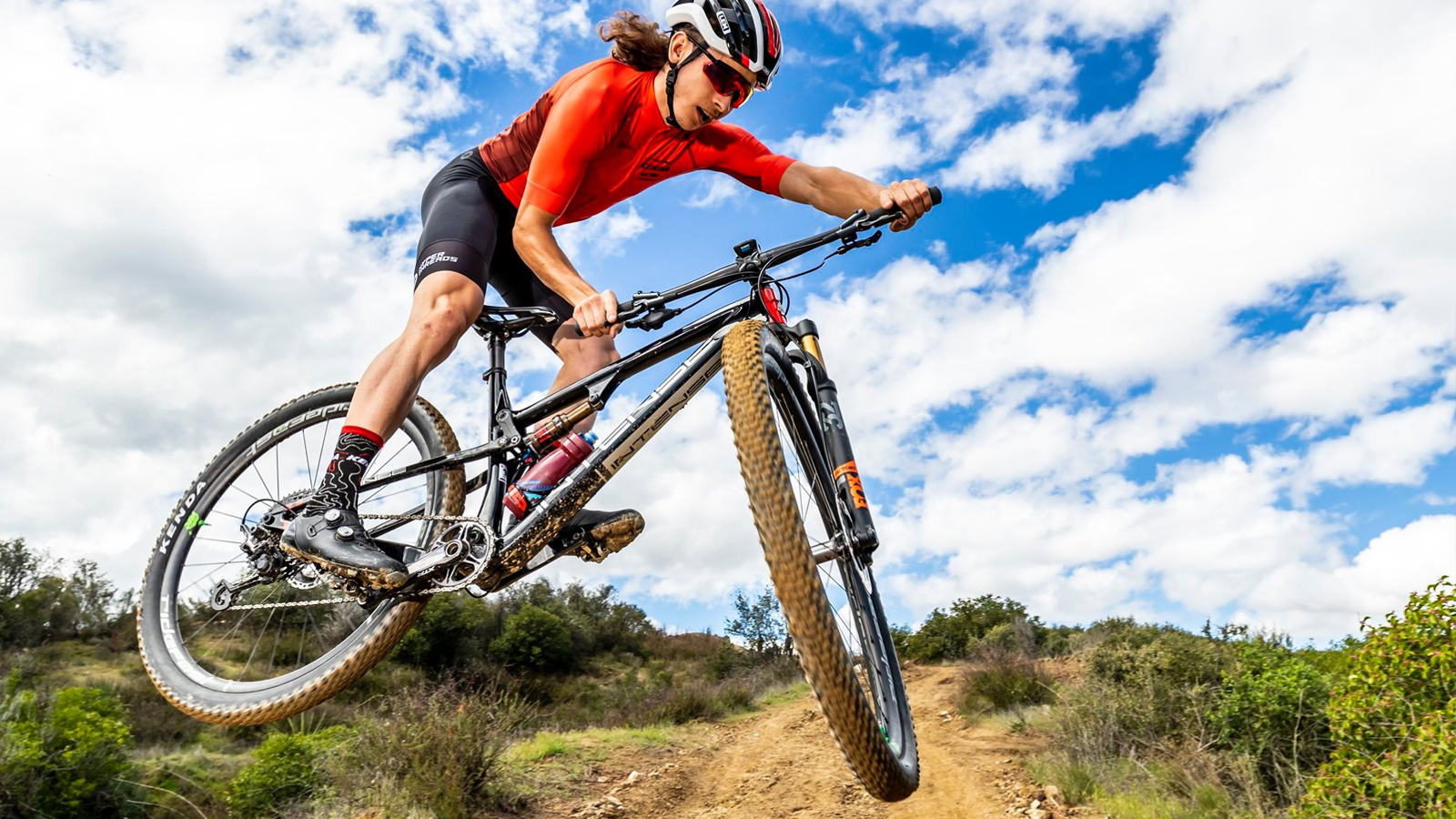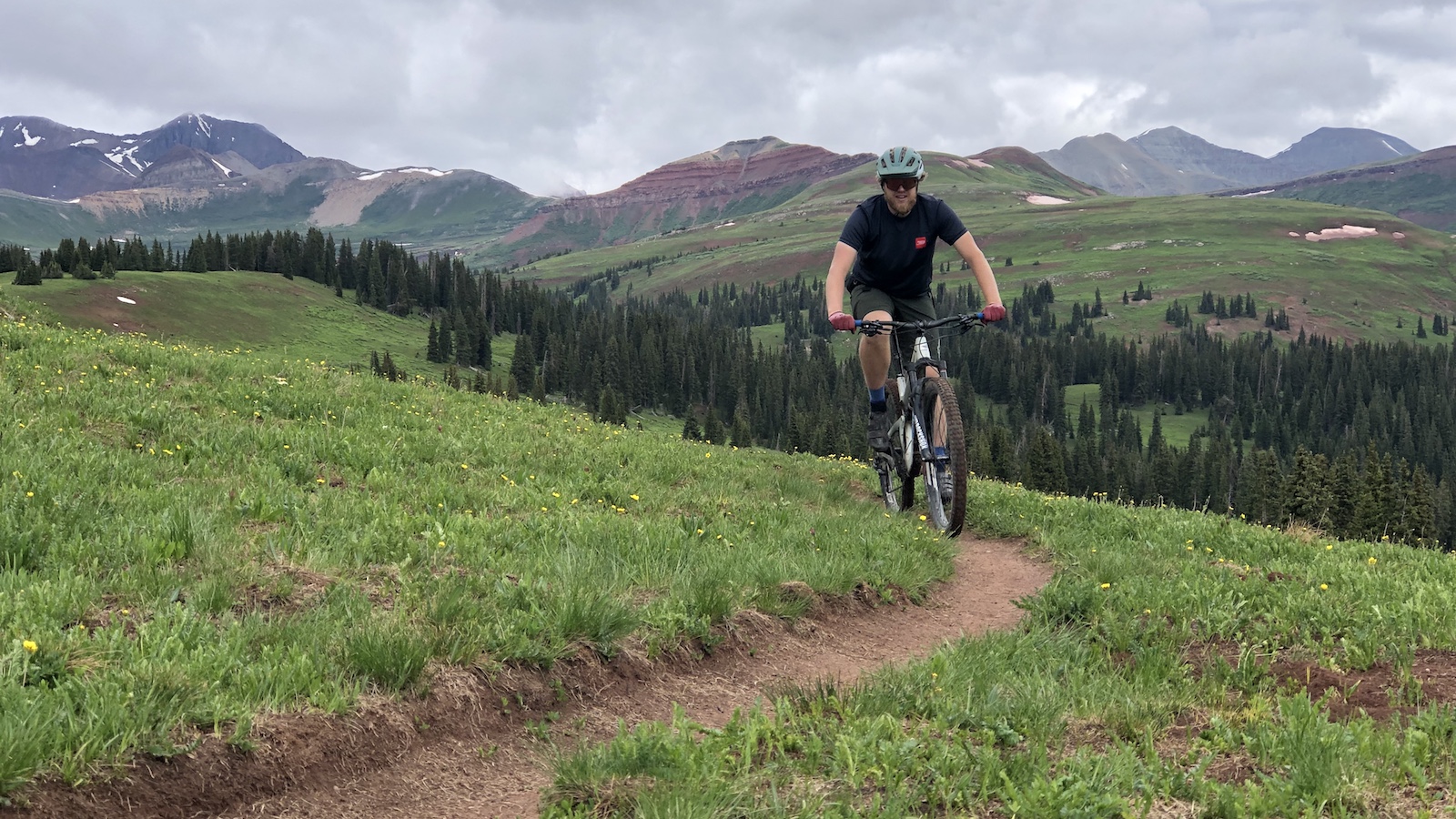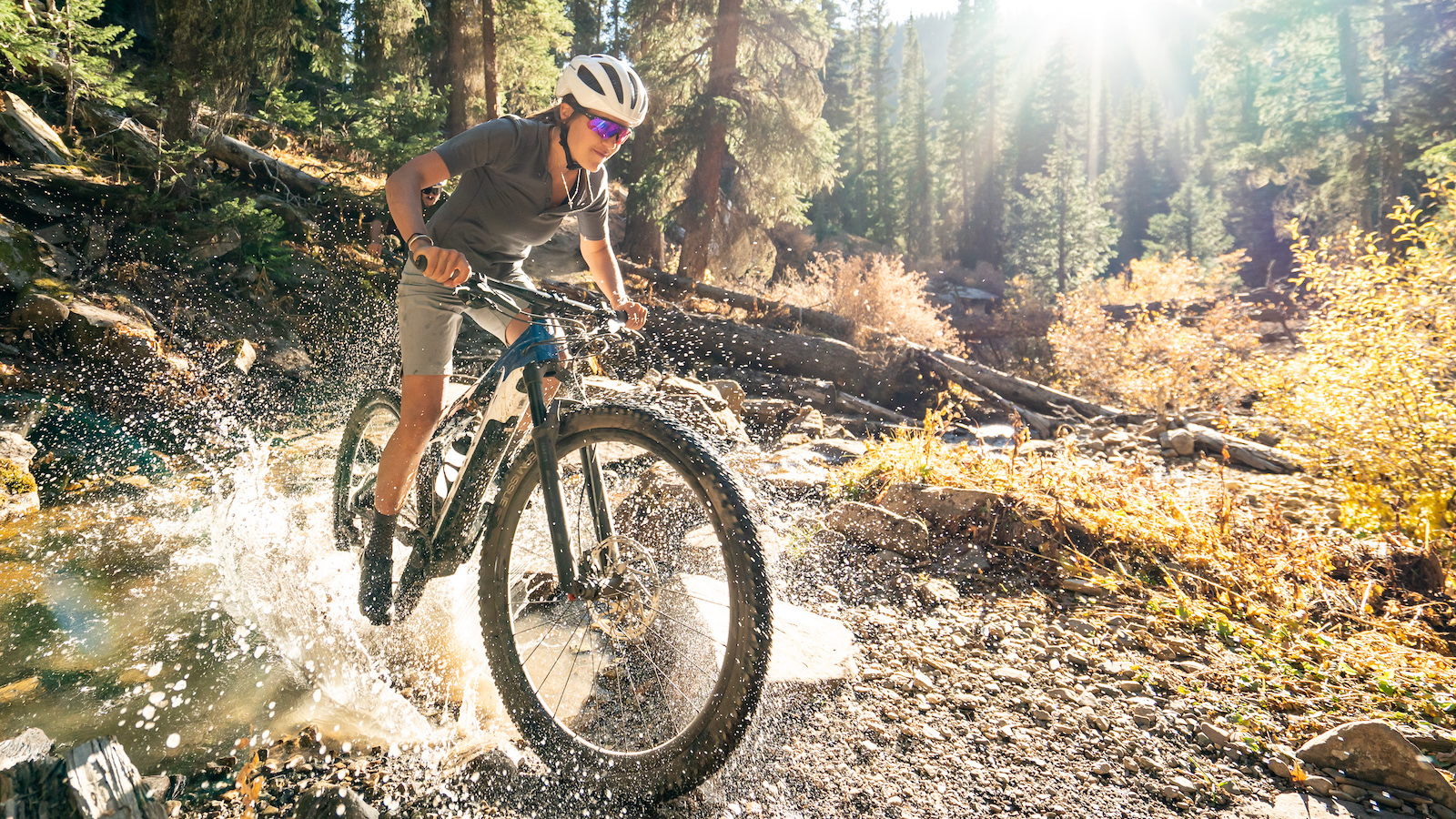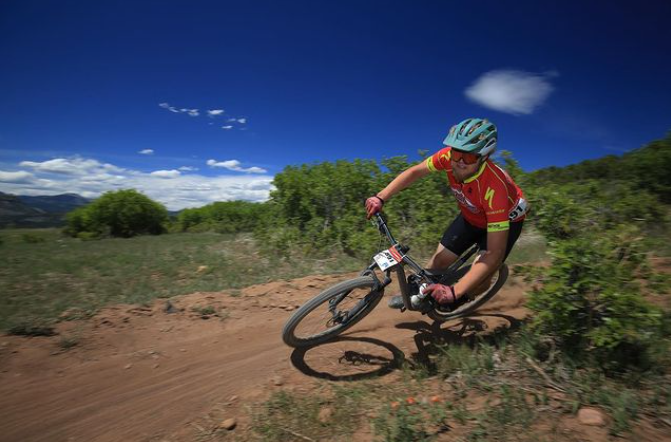How to start mountain biking – everything you need to know to go from beginner to pinner
Want to get into mountain biking but unsure of the first steps? Then read on for all the info you'll need to get started

Mountain biking is an wide-ranging activity that offers something for everybody. Gearheads can marvel at the latest technology (which comes around at a very rapid rate!). Those looking to build their fitness can smash the climbs all day long. Thrill-seekers can get an adrenaline rush from bombing down descents and hitting the jumps. Then there is the meditative escapism of getting out into the peaceful countryside and away from the daily grind, or maybe it's the social aspect of riding with friends that draws you in.
Bikes, and especially mountain bikes, can offer a lifetime of fun, fitness and satisfaction. How does one start down the path to becoming a mountain biker? There are a few things to know that may make your journey down the trail a little bit easier.
1. First rides
While the chances are that if you're reading this, it's a done deal, BUT, before you fully commit to your mountain biking journey, you should be 100 percent ensure that it's really for you.
If you know an avid MTB-er, they are likely to have some gear, or even a bike that you can borrow, and they will be able to recommend some local riding spots suitable for newbies. Better still is that they ride with you. Having someone to show you what's what will make things much more fun and far less intimidating.
Another way to try out the sport is by renting a bike through a bike shop or rental company – the latter are handily often found at dedicated trail centers. Bike shops and bike brands also offer demo rides so that customers can try out a bike before they buy one. The bike shop is also a great resource for advice and resources about riding in the area.
A third option that may depend on location is booking a guided ride with a guiding company. Locations that are known for mountain biking will have companies that specialize in showing the local trails to visitors. Mountain bike guides are used to riding with people of all skill levels, and they likely have programs designed especially for beginner riders.

2. Buying a bike
After you have decided to commit to the sport, you obviously need to buy a bike. There are a few decisions to make, with the first one being whether to buy used or new.
Used bikes can be bought at great deals, and you can often get a great bike at a decent price. However, you need to be very careful about the condition the bike and parts are in. Making transactions with random people can also be risky, plus the bike and its parts won't be covered by manufacturer's warranties.
Of course, the other option is buying a new bike. A bike shop will be able to guide you through the process and provide more personalized guidance. In addition to in-person bike shops, there are loads of online shops and direct-to-consumer brands. There are pros and cons to each, but there's nothing like the knowledge and expert service that can be found at a bike shop.
If you're unsure which beginner mountain bike is best for you, you might want to check our guide to where to buy a mountain bike, which has extra detail on all the buying options and best places to buy from.
We recommend that new riders start on hardtail mountain bikes. For one, they are cheaper, so you can spend a couple of years honing your skills and passion for the sport before buying a fancier bike later. Hardtails are also simpler, making them easier to maintain. Last but not least, without the luxury of rear suspension to compensate for a lack of riding skill, hardtail bikes make a great proving ground for properly nailing your skills before progressing to a full-sus bike.
That said, if you've got the cash and the inclination, there's nothing wrong with going straight for a full-suspension bike either, and some of the best budget full-sus bikes are great value these days. There are lots of different MTB categories, so for more details check out our guide to the different types of mountain bikes.

3. Get some gear
Once you have a bike, things are a lot easier and more comfortable with the proper equipment. A full closet of mountain bike gear takes time to build up, but there are some basics that you should buy immediately.
The most important safety item is a helmet. Helmets are not that expensive, and the benefits immediately outweigh the financial cost. Lots of the best mountain bike helmets feature rotational safety technologies like MIPS, which are designed to protect your head against rotational forces rather than just impacts.
The next important item to have is a pair of padded mountain bike shorts. This will make your rides much more comfortable. Mountain bike shorts can be bought with a 'chamois' padded inner short included, or you can buy a baggy outer and a bib short separately. Padded cycling shorts are designed to be worn without underwear; don't make a classic beginner's mistake.
A jersey made out of technical fabric is also a must-have. Cotton T-shirts hold in moisture and heat and won't be much use if it gets cold and rainy. The best mountain bike jerseys are made specifically to wick sweat away from the body and keep you cool.
While regular trainers work ok, a lot of riders are surprised at just how much better mountain bike-specific shoes are. Grippy rubber, stiffer soles and increased foot protection all add up to a much more confidence-inspiring ride.

4. Improve your skills
Once you have some gear, you can get to hitting the trails. The easiest way to get better is by repetition. The more you ride the better you get. Here are some areas to focus on.
Let's start with pedaling. It's more efficient to spin the pedals easily than straining to push a big gear at a low cadence. Focus on pedaling smoothly at a quick cadence. This may feel uncomfortable as you are using muscles that haven't been engaged in this way before, but you'll get used to it.
Shifting should also be done when the pedals are spinning under low stress. Shifting when mashing the pedals hard risks breaking the chain or damaging the drivetrain. Practice finding spots on the trail where you can shift into an easier or harder gear in anticipation of changes in the terrain.
When the trail points downhill, you'll want to be in an attack position. Your head should be up with your eyes looking as far forward down the trail as possible. Your body should be in a neutral position, not too far forward or backward. Your arms and legs should be loose to absorb any impacts.
Cornering is one of the hardest skills to master. It's important to brake before the corner rather than in the middle. This may seem scary, but slamming the brakes in the middle of a turn is a great way to lose grip and crash.
A key skill to learn is how to maneuver your bike and body through a corner. You want the tires to dig into the dirt and find support. To do this, tilt your bike laterally in the direction you are turning. Use your body to weight your foot closest to the outside of the corner. Remember to tilt your bike, not your body. Throughout this, your head, eyes and hips should all be oriented toward the exit of the corner.
Check out our guide to riding berms (aka banked corners) for more info.

5. Exploring new trails
One of the best parts of mountain biking is riding new trails. There are lots of apps and websites out there to find trail maps, but one of the best and most comprehensive is TrailForks. The app marks trails based on difficulty level and also uses GPS to show where you are in relation to the trail. It's an easy way to find out where you are and avoid getting lost.
Another thing that may make the learning process easier in terms of knowing where to ride and also improving your skills is riding with other people. Bike shops and local mountain bike groups may host rides or other events – you can often find local riding groups on social media. These are great ways to meet other mountain bikers who can become your new riding buddies.
6. Now get out there and ride!
These are just a few steps to becoming a mountain biker, but after all, the best way to join the sport is by doing it. Ride as much as possible and you will soon get better. Never forget the feeling of the first time you get to the top of a climb without stopping, or when you first cleared a tricky descent. See you out on the trails!
Ryan Simonovich has been riding and racing for nearly a decade. He got his start as a cross-country mountain bike racer in California, where he cultivated his love for riding all types of bikes. Ryan eventually gravitated toward enduro and downhill racing but has also been found in the occasional road and cyclo-cross events. Today, he regularly rides the trails of Durango, Colorado, and is aiming to make a career out of chronicling the sport of cycling.
Rides: Santa Cruz Hightower, Specialized Tarmac SL4
- Rich OwenEditor, BikePerfect

